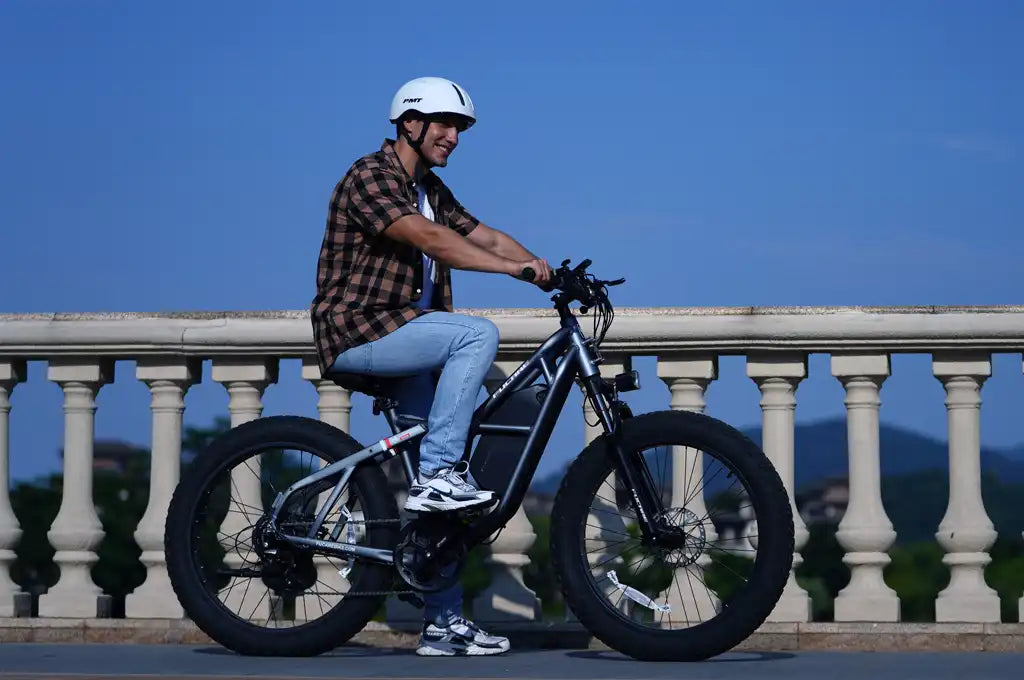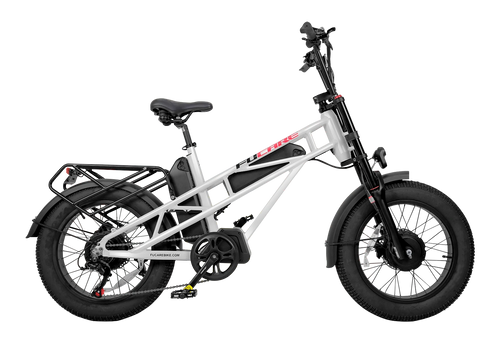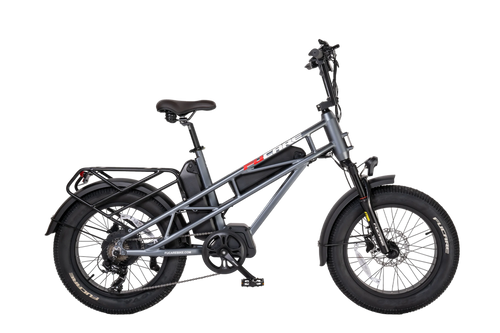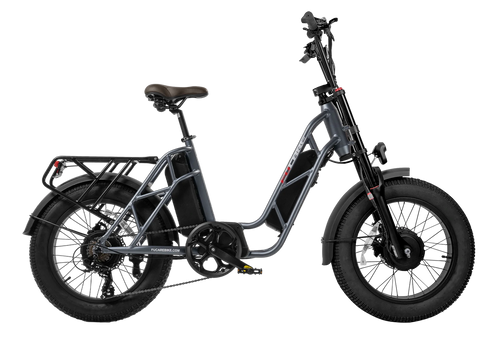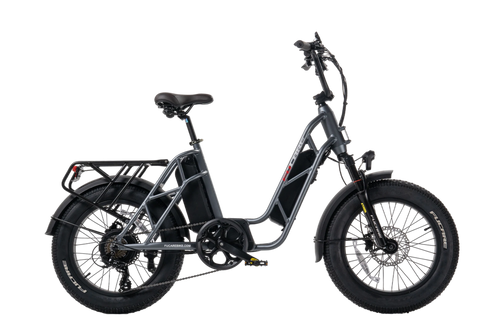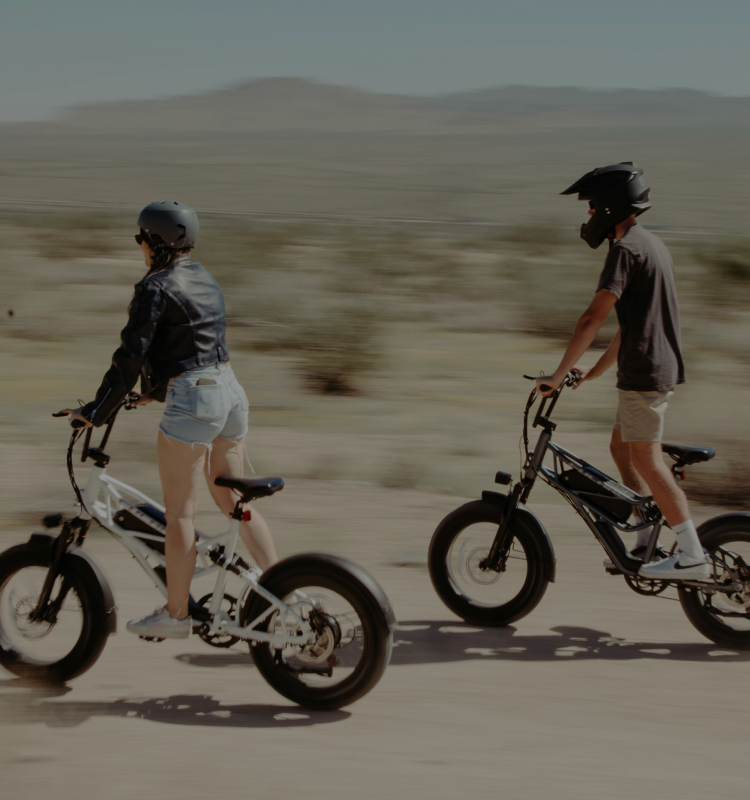How Much Torque Do I Need on My Electric Bike?

Torque is a crucial factor in the performance of electric bikes. It affects acceleration, climbing ability, and load-carrying capacity. It's the force that propels you forward, especially when you need it most - like climbing hills or accelerating from a stop.
More torque equals better performance. In this article, we'll break down what torque is and why it matters for your e-bike riding experience.
What is Torque?
Torque is a measure of rotational force, typically expressed in Newton-meters (Nm). It is different from power, which is measured in watts. While power indicates the overall energy output of the motor, torque measures the force that causes the bike to move.
Think of torque as the raw power that gets your electric bike moving. It's the force you feel when you twist the throttle or pedal, propelling you forward. More torque means quicker acceleration and better hill-climbing ability.
Most electric bikes deliver between 50 and 80 Nm of torque, but high-performance models can pack a punch with up to 120 Nm. Our e-bikes boast 80-85 Nm of torque, ensuring you conquer those hills with ease.
Why Torque Matters in Electric Bikes?
Acceleration
Powerful torque endows electric bikes with exceptional acceleration, especially from a standstill. High-torque motors can swiftly overcome the vehicle's inertia, delivering robust thrust that propels riders to higher speeds in a short period.
Climbing Ability
When ascending a hill, an electric bike must counteract gravitational potential energy. A high-torque motor supplies ample driving force, enabling the vehicle to maintain a steady pace on inclines and effortlessly handle various gradients.
Carrying Loads
The importance of torque becomes particularly evident when an electric bike is carrying cargo or passengers. High-torque motors can handle additional loads, ensuring the vehicle maintains excellent acceleration and hill-climbing performance even when fully loaded.
How Much Torque is Enough?
The torque you need in your electric bike largely depends on the type of terrain you'll be riding on and your specific riding conditions. Here's a more detailed breakdown to help you determine the ideal torque for your needs:
Commuting on Flat Terrain
If your daily commute is primarily flat terrain or gentle undulations, a torque range of 30-50 Nm should provide ample power for smooth acceleration and effortless cruising. This level of torque offers a balanced blend of performance and efficiency.
Riding in Hilly Areas
For those who regularly tackle hilly terrain, a torque rating of 50-70 Nm is recommended. This increased torque provides the extra push needed to ascend steeper inclines with confidence, reducing strain on your legs and extending your range.
Off-road and Mountain Biking
Off-road and mountain biking demand maximum power and responsiveness. A torque rating of 70-90 Nm or higher is ideal for tackling rugged trails, overcoming obstacles, and maintaining momentum on challenging ascents.
The Relationship Between Torque and Power
Torque and power are two essential performance metrics for electric bike motors. Power reflects the rate at which the motor outputs energy, while torque reflects the strength of the motor's output force. The two are closely interrelated:
Power Determines Maximum Speed: Higher power enables the motor to output more mechanical energy, allowing the vehicle to reach higher speeds.
Torque Determines Low-Speed Output: Higher torque translates to greater force output at low speeds, resulting in superior acceleration from a standstill and hill-climbing capabilities.
Continue reading
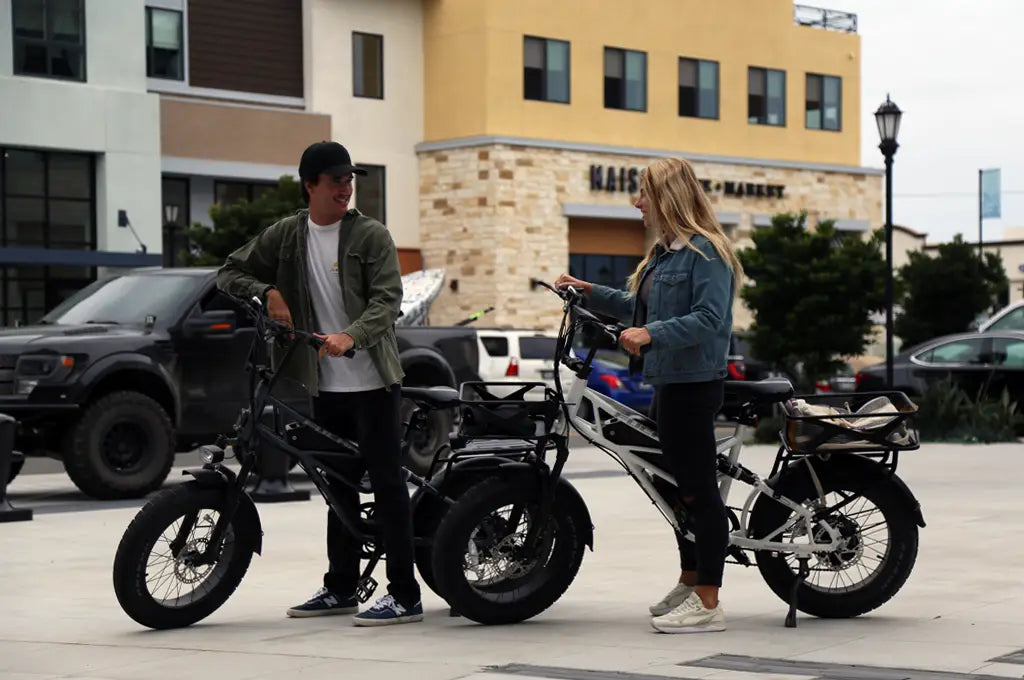
What Is A Class 2 Electric Bike
